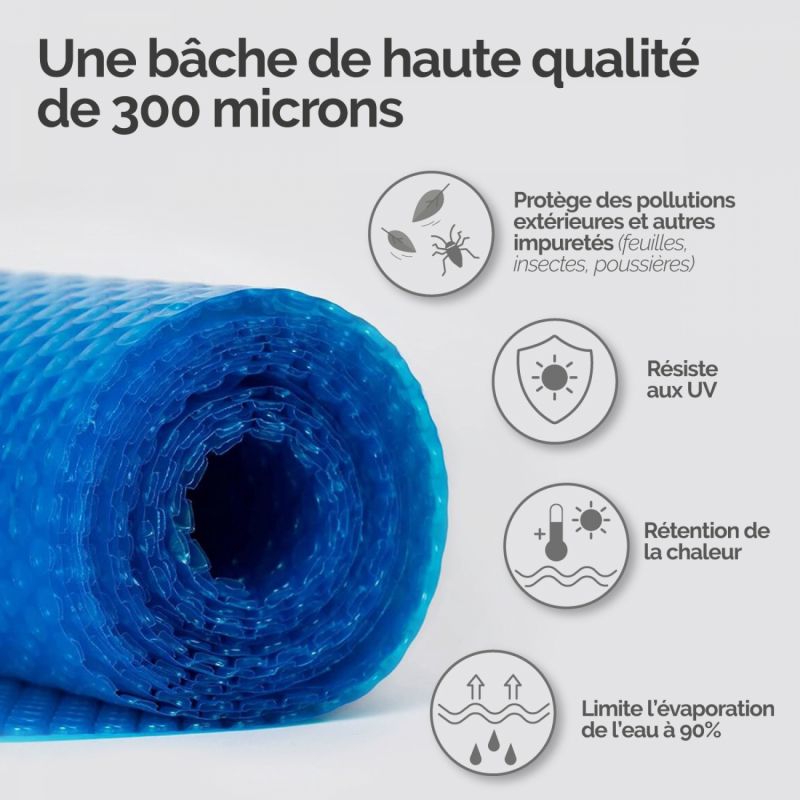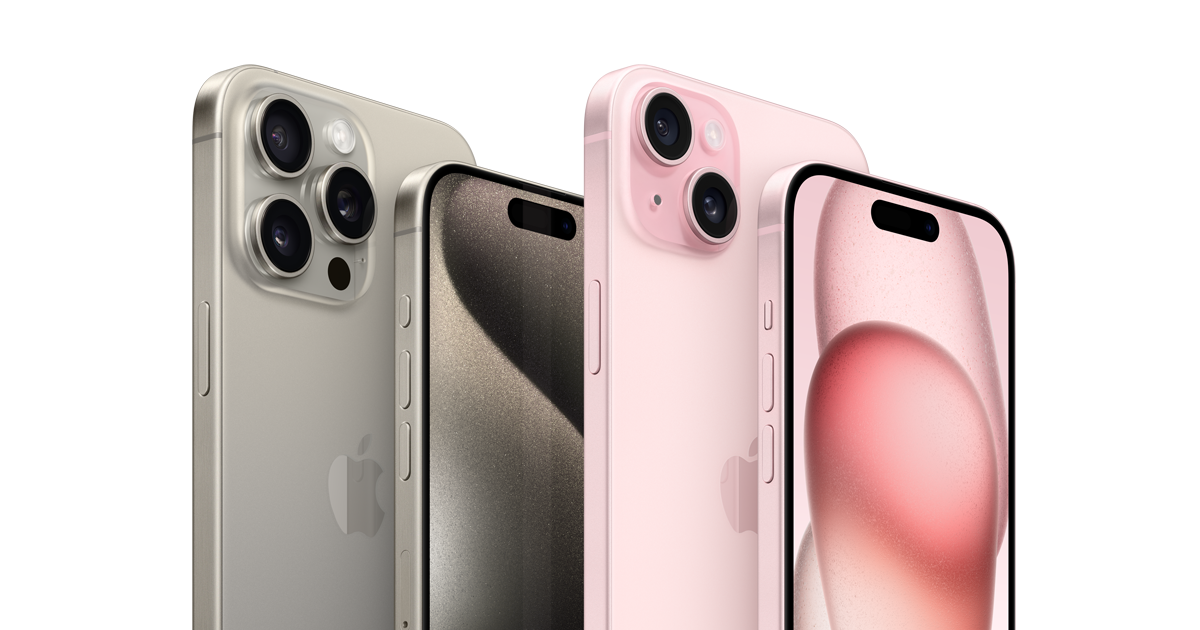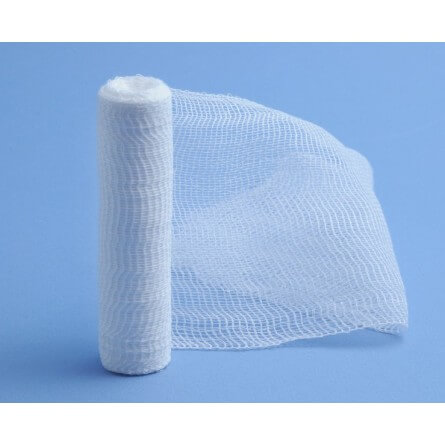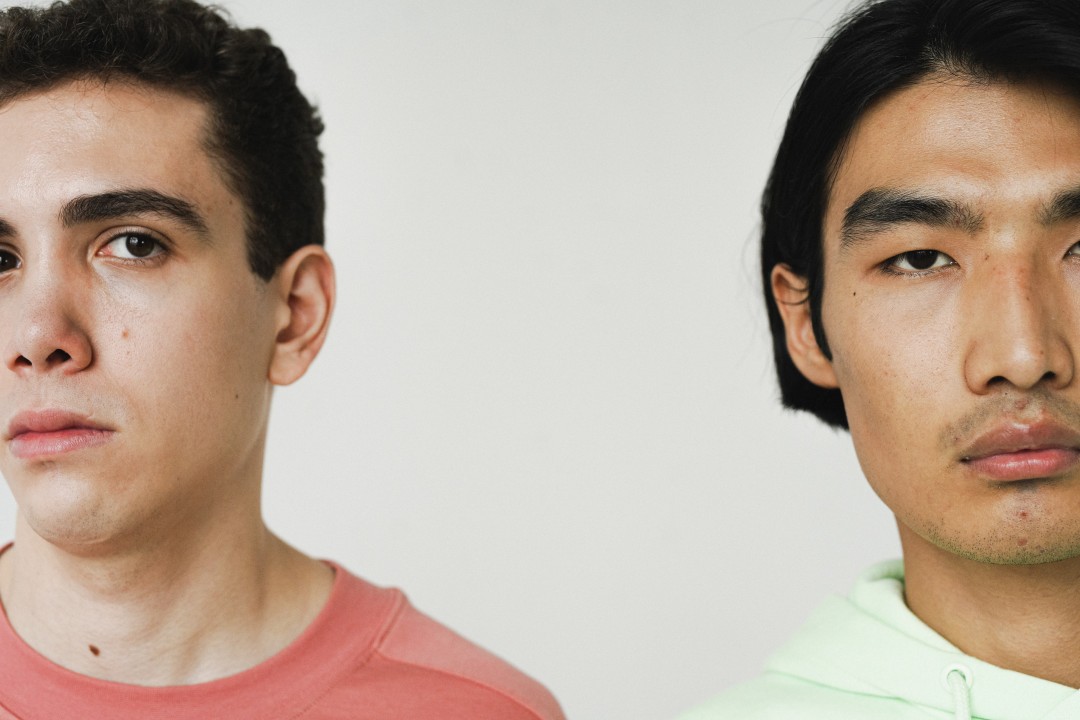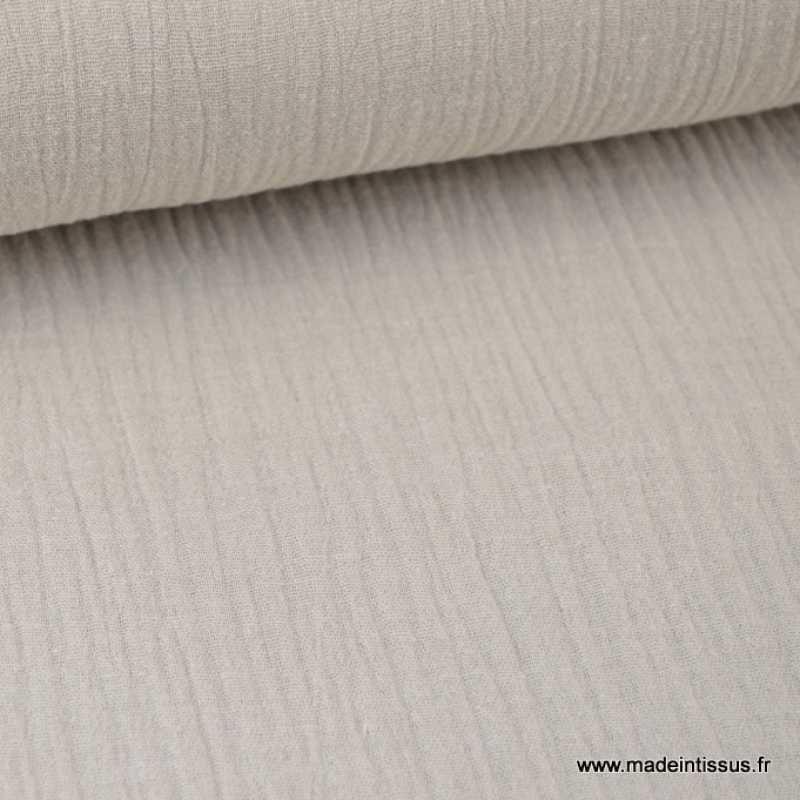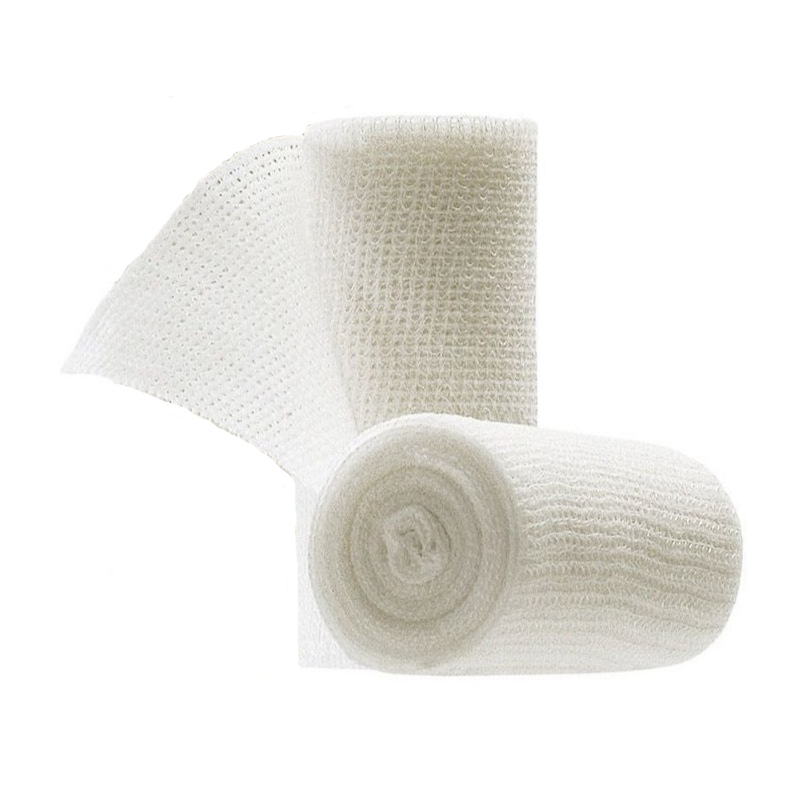Gaze-Cueing With Crossed Eyes: Asymmetry Between Nasal and Temporal Shifts
4.9 (218) · € 24.50 · En Stock
The results highlight the possibility that the gaze-cueing effect might be weakened when a direct gaze exists between the cueing eye and the target and the effect magnitude might depend on which type of face stimulus are used as a cue. A person’s direction of gaze (and visual attention) can be inferred from the direction of the parallel shift of the eyes. However, the direction of gaze is ambiguous when there is a misalignment between the eyes. The use of schematic drawings of faces in a previous study demonstrated that gaze-cueing was equally effective, even when one eye looked straight and the other eye was averted. In the current study, we used more realistic computer-generated face models to re-examine if the diverging direction of the eyes affected gaze-cueing. The condition where one eye was averted nasally while the other looked straight produced a significantly smaller gaze-cueing effect in comparison with when both eyes were averted in parallel or one eye was averted temporally. The difference in the gaze-cueing effect disappeared when the position of one eye was occluded with a rectangular surface or an eye-patch. These results highlight the possibility that the gaze-cueing effect might be weakened when a direct gaze exists between the cueing eye (i.e., nasally oriented eye) and the target and the effect magnitude might depend on which type of face stimulus are used as a cue.

Adaptation procedure used in Experiments 1 and 2. The observer adapted

Autistic traits modulate the influence of face masks on gaze perception

Sensors, Free Full-Text

Eye–Hand Coordination in Object Manipulation

Development of Gaze Control in Early Infancy

To follow or not to follow your gaze: The interplay between strategic control and the eye contact effect on gaze-induced attention orienting.

Inferential eye movement control while following dynamic gaze
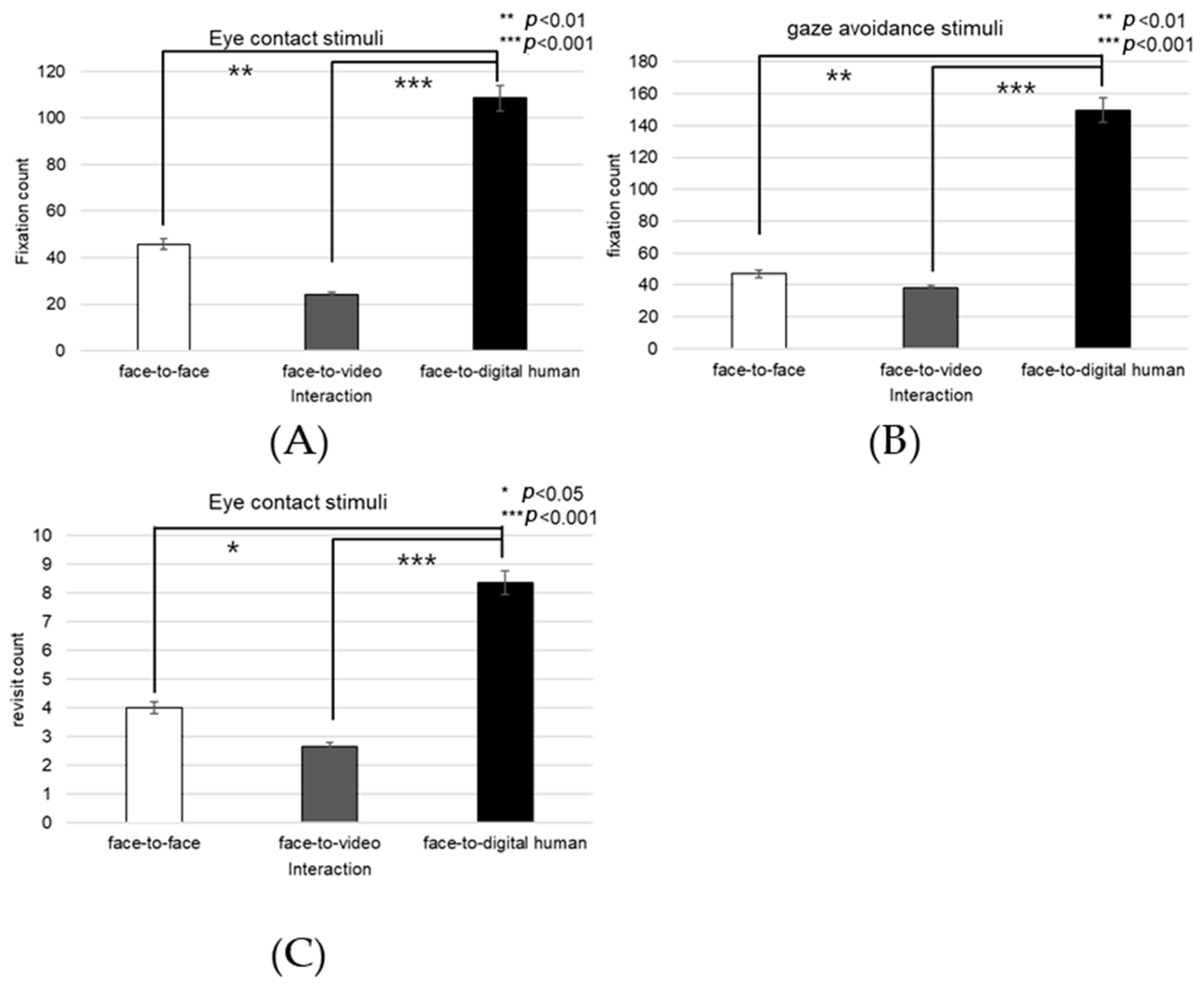
Biomimetics, Free Full-Text

Gaze-cued shifts of attention and microsaccades are sustained for whole bodies but are transient for body parts
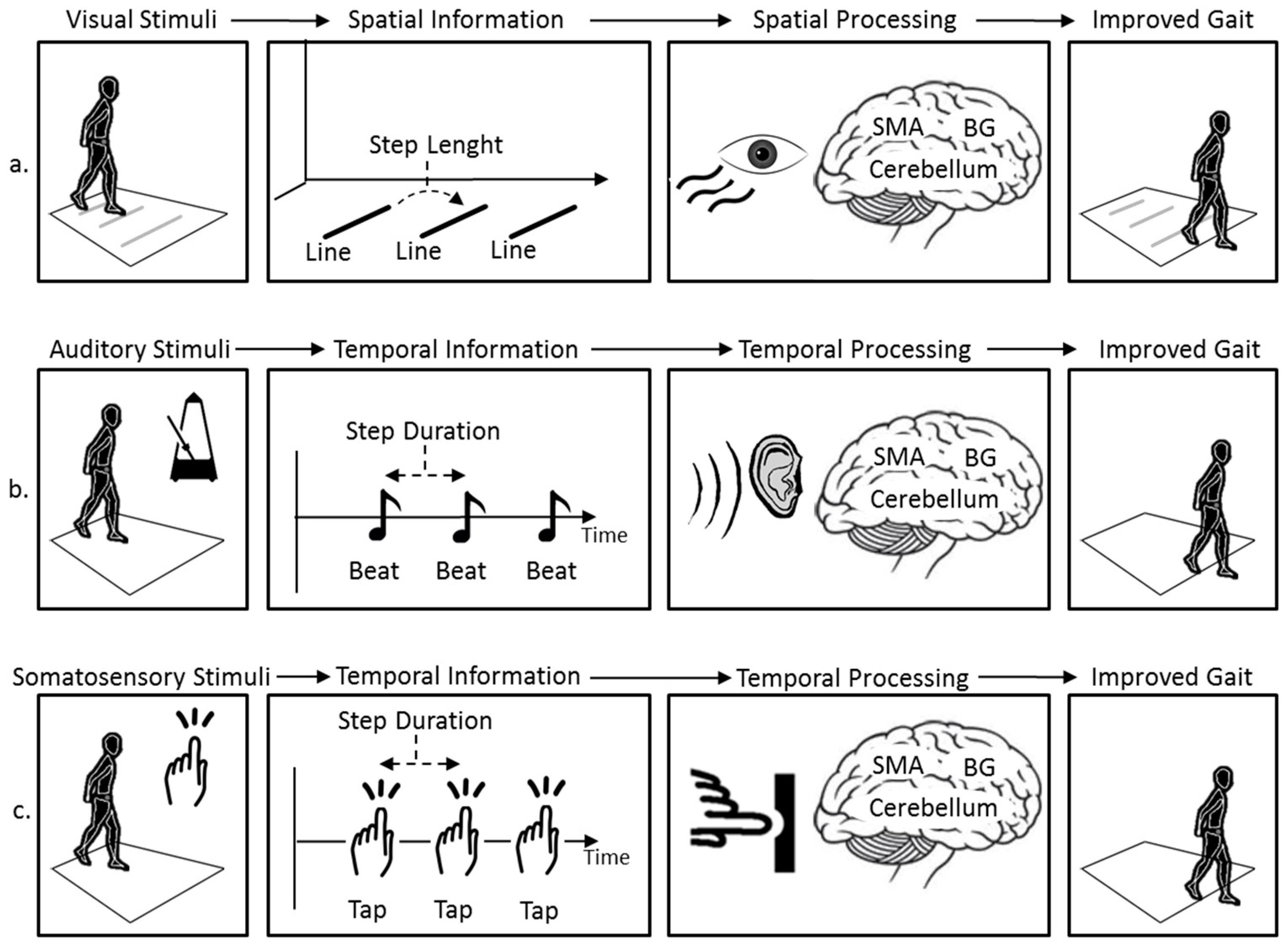
Sensors, Free Full-Text

Gazing Without Eyes: A “Stare-in-the-Crowd” Effect Induced by Simple Geometric Shapes - Clara Colombatto, Benjamin van Buren, Brian J. Scholl, 2020
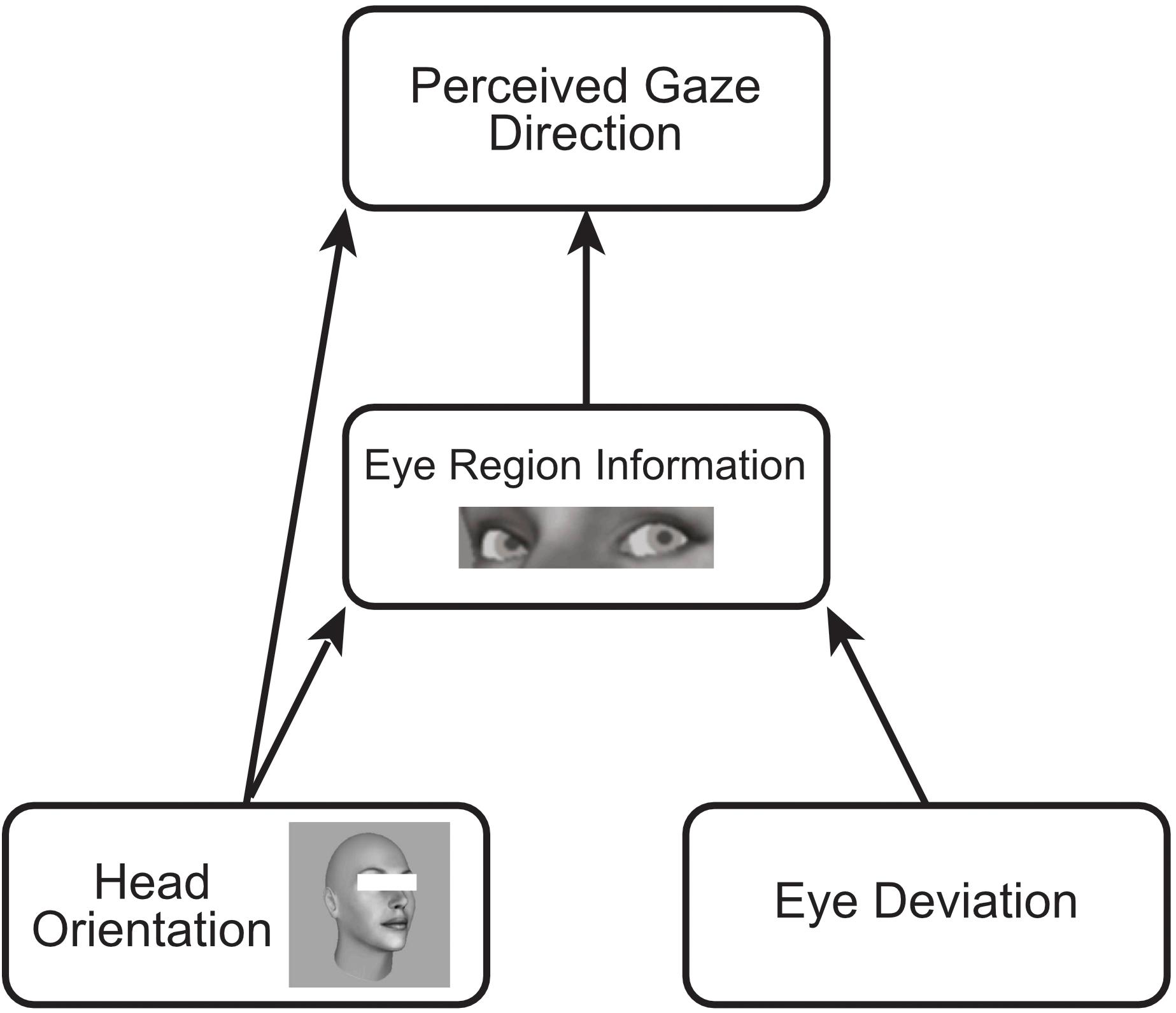
Frontiers Task Dependent Effects of Head Orientation on Perceived Gaze Direction

PDF) Cross-cultural asymmetries in oculomotor interference elicited by gaze distractors belonging to Asian and White faces


